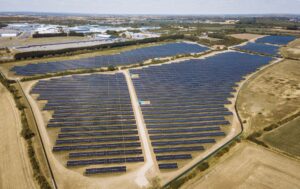Vehicle fumes, industrial emissions and smoke from burning crop stubble have combined to cover two of Thailand’s largest cities, Bangkok and Chiang Mai, with a blanket of yellow/grey fog that has hospitalised 200,000 people inside a week.
Pregnant women, children and the elderly have been told to stay indoors while people venturing outside have been advised to wear N95 anti-pollution masks. Nurseries run by the city have set up special ‘no dust rooms’ with air purifiers to protect young children.
A senior public health official has claimed that since the beginning of the year more than 1.3 million people in Thailand have fallen ill from air pollution, which kills more Thai people each year than obesity or smoking. According to the WHO’s State of Global Air report, air pollution accounted for nearly 8% of all deaths (more than 41,000 cases) in Thailand in 2019, with PM2.5 ranked as the top risk for such deaths.
Opart Karnkawinpong, Thailand’s public health secretary said: ‘The PM2.5 level has been over 51 micrograms per cubic meter of air for more than three consecutive days in 15 provinces, which has begun to affect the people’s health. The levels are higher this year compared to last two years partly because there was less travel due to the pandemic, resulting in less pollution.’
Speaking to Radio Free Asia, Alliya Moun-Ob, an air pollution campaigner for Greenpeace Thailand said the situation was: ‘scary and perhaps the worst we have seen so far. We could see mountains in Chiang Mai but can’t see them anymore. In Bangkok, tall buildings are lost in the smog. It’s the post-COVID back-to-normal situation. That is why it is particularly bad this year for Thailand. Also, there is less rain this year compared to last.’
Thailand typically suffers poor air quality at this time of the year due to agricultural burning, but despite this practice being banned for three months in February, the fires have continued.

















Leave a Reply